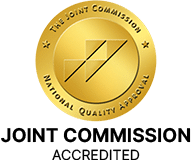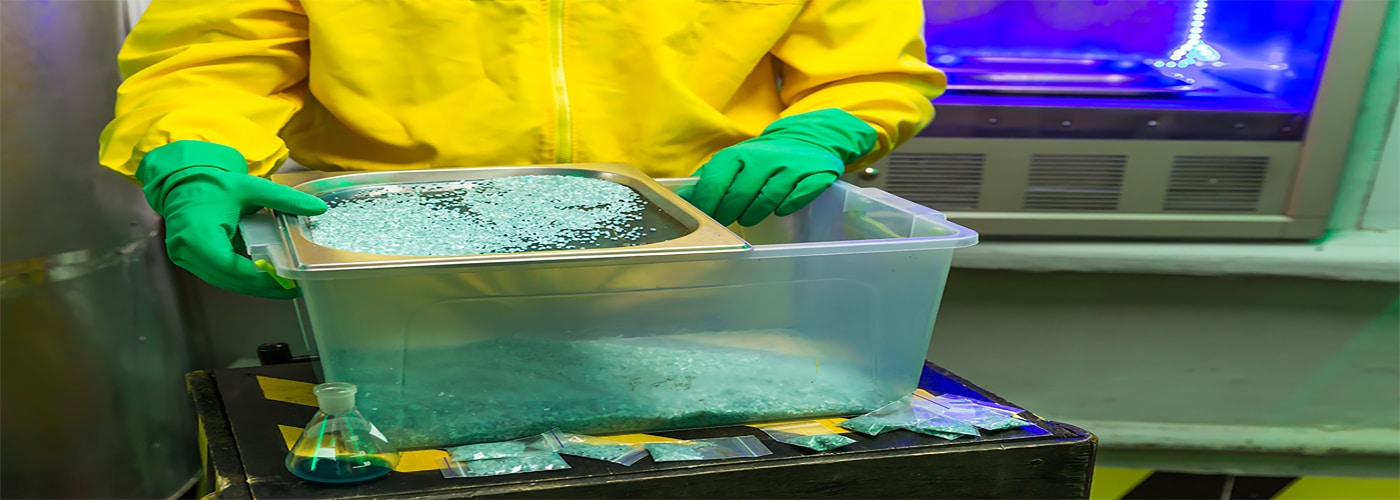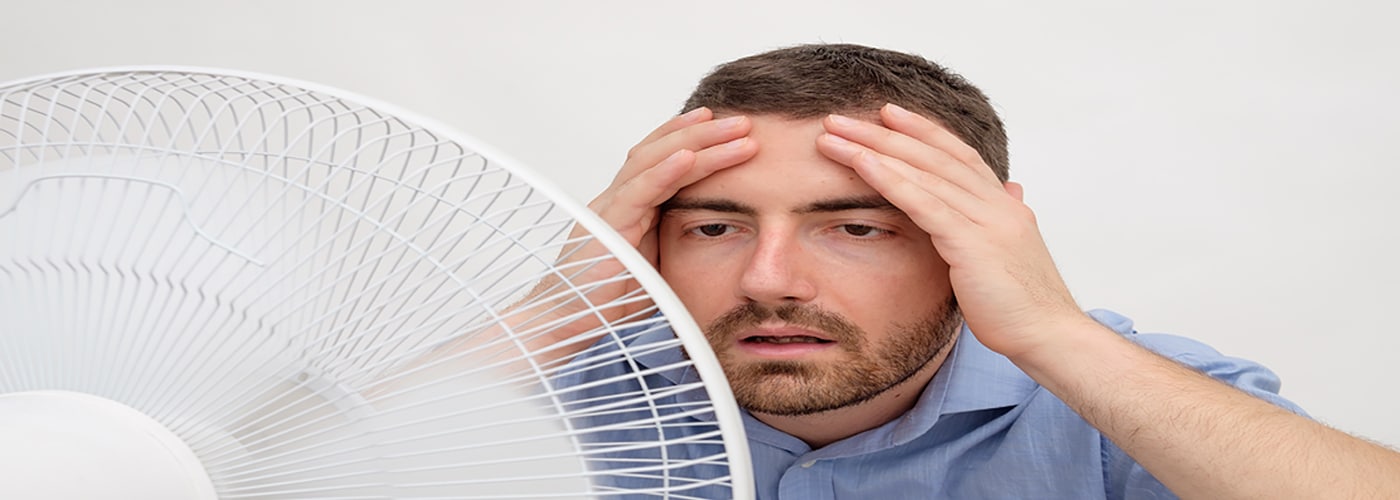Through their compelling work on stage, in movies, and on TV, actors often serve as role models. Young people, in particular, might idolize their favorite performers.
For his part, the actor Shaun Weiss has become a role model for his off-screen achievements. In fact, Shaun’s sobriety journey has been nothing short of remarkable.

As a young actor in the 1990s, Shaun Weiss appeared in the movie “The Mighty Ducks,” a comedy about a youth hockey team. He acted in its two sequels as well. In those family-friendly films, Shaun played the funny and cheerful goalie Greg Goldberg.
Shaun was also a guest actor on a number of popular TV shows, including “The King of Queens” and “Boy Meets World.”
However, when people become successful — especially in the entertainment field — they sometimes discover that they have easier access to drugs. They might also have the disposable income to feed a drug habit. Temptations may become very powerful. And, sadly, addictions can be simple to form and extremely hard to break.
Shaun Weiss fell prey to such temptations. Nevertheless, in the last couple of years, he’s managed to fight a life-altering addiction to methamphetamine with great courage.
Meth addictions are especially brutal. They frequently lead to insomnia, paranoid delusions, violent thoughts, psychotic behaviors, hallucinations, an ongoing loss of appetite, and other severe mental health issues. Meth can also induce users to drink more alcohol and to try other drugs.
For sure, many people could find inspiration in Shaun’s heroic battles with substance abuse disorder and the ways in which he’s reclaimed his life.
A Harrowing Disease
In the late 2010s, as Shaun’s addictions deepened, he started having problems with the law. In July 2017, he stole electronic goods worth about $150. He was caught, charged with petty theft, and sentenced to serve 150 days in a Los Angeles prison. He ended up serving only 12 days due to the overcrowded conditions there.
Then, several days after leaving jail in August 2017, Shaun was in legal trouble again. He’d been staggering around a Burbank neighborhood near the Warner Bros. Studio. A resident called the police. And, when officers arrived at the scene, they arrested Shaun for methamphetamine possession.
The following year, Shaun was charged with public intoxication, and he entered a rehab program. But, later in 2018, he was arrested for shoplifting.

A low point came on January 26, 2020. On that day, under the influence of meth, Shaun broke into a home in Marysville, Calif. He entered the garage, smashed a car window, and rummaged through the vehicle, looking for items that he could steal.
The homeowner found Shaun inside his garage and called the police. As a result, Shaun was arrested on multiple charges, including residential burglary, and held on $52,000 bail.
In all of this, Shaun’s addiction destroyed more than his career. It also ravaged his body. His face became hollowed out. His weight dropped to 110 pounds, which was of course dangerously low. He lost some teeth, and other teeth were severely damaged. In fact, it’s common for meth to cause extreme tooth decay.
Overcoming a Cruel Addiction
The story of Shaun Weiss could easily have ended in tragedy. Instead, Shaun was able to take positive action. For him, a brand new day has dawned.
That’s because, after his 2020 arrest, Shaun decided to seek professional treatment for his meth addiction. The results have been profound.
Over the past two years, Shaun has returned to a healthier body weight. In addition, he completed a drug court program, which meant that his burglary charge could be dismissed.
Beyond simply dismissing the charge, the Yuba County District Attorney’s Office has held up Shaun as a shining example. On its official Facebook account, the office lauded Shaun’s perseverance and newfound employment. It also noted the outpouring of support he’s received from his many friends and fans.

Sometime soon, Shaun will even hit the big screen once again. His last film role was in “Drillbit Taylor,” a 2008 comedy about high school students who hire an incompetent bodyguard.
Shaun’s upcoming movie is called “Jesus Revolution,” and it’s about a group of California hippies in the 1970s who undergo a spiritual transformation. (Kelsey Grammer is slated to act in this film as well.) As Shaun put it on Instagram, it’s his first role “in…a while.” And he added an emoji with a silly face.
On top of everything else, Shaun has gone through a series of grueling dental and orthodontic surgeries to repair his existing teeth and replace his lost teeth with implants. Once again, Shaun can flash his winning smile whenever he’d like.
Showing Others the Way
Shaun Weiss has used his social media accounts to share information and good news about his recovery. For example, he posted an Instagram photo in which he’s posing with Dr. Gabe Rosenthal, one of the dentists who’ve been so helpful to him recently.
One of Shaun’s most memorable social media posts featured his last two driver’s license photos. Together, they tell a striking before-and-after story. In the first picture, Shaun’s face is emaciated. His hair is messy. And he seems to be struggling to smile. In the second and newer photo, Shaun’s face is fuller. His hair is neat, and he looks like a person who’s truly at peace.
With these types of posts, Shaun offers wisdom, comfort, encouragement, and a sense of solidarity to many people who are also grappling with substance abuse disorders.
One lesson that emerges from Shaun Weiss’ experiences is that it’s important not to embark on a sobriety journey alone. The advice and emotional support of others can be key to successful outcomes. Strength is derived from companionship.
In particular, Shaun’s friend Drew Gallagher was a steady presence. At a time when many of Shaun’s other friends abandoned him, Drew stood by faithfully. After Shaun was arrested in 2020, Drew created a fundraising campaign for him on the website GoFundMe. The money raised from that project helped finance Shaun’s initial 90-day treatment.
That brings us to a second crucial lesson from Shaun’s journey: A professional treatment center is so often indispensable to the addiction recovery process. To emphasize that fact, Shaun has encouraged his social media followers to call such a service if they’re facing a chemical dependency.
At Recreate Life Counseling, we offer the kind of support and care that make a lasting difference in patients’ lives. And all of our treatment methods are personalized since each person is different; everyone comes to us having lived through a unique set of circumstances.
All of our staff members are attentive and supportive. We’re highly experienced, and we’ve had extensive training in our field. As such, we provide a safe and nurturing environment for our programs, including our residential services. Moreover, all of our therapies are based on science; everything we do is guided by hard data and research evidence.
Thus, we fully understand the effects of addiction — how it affects a person’s thinking and emotions. We also know the behaviors that frequently stem from substance use. Furthermore, through cognitive behavioral therapy and other forms of treatment, we impart skills and strategies for long-term sobriety.
In the end, with the right guidance, you can absolutely beat addiction. You can also reconnect with your friends and family members. And you can lead a happy and purposeful life. If you’re struggling with addiction, please contact us at Recreate Life Counseling at any time. Shaun Weiss would be proud.
Published on: 2022-04-15
Updated on: 2024-04-18










